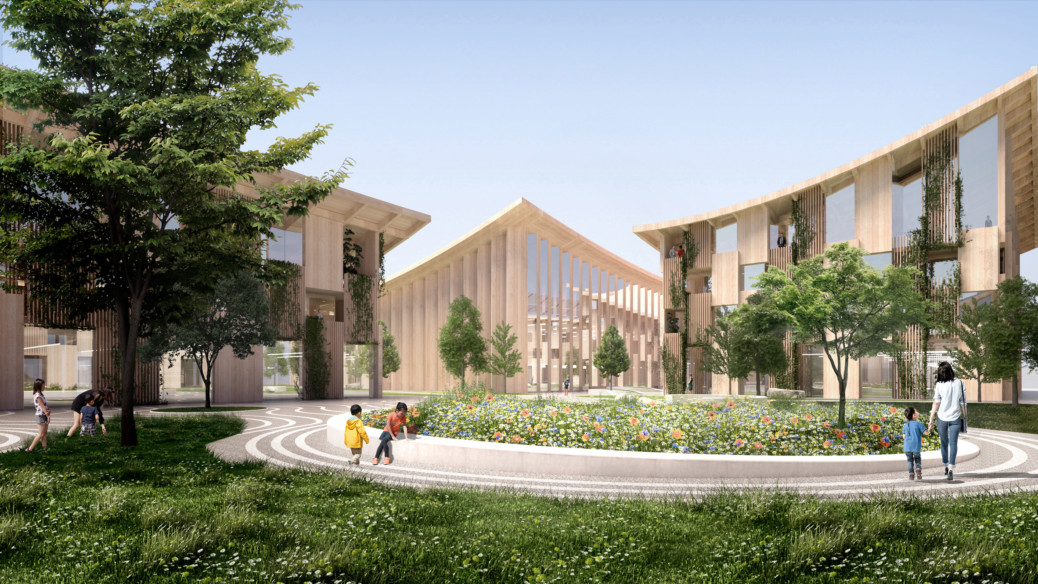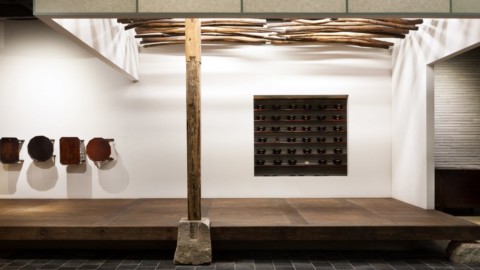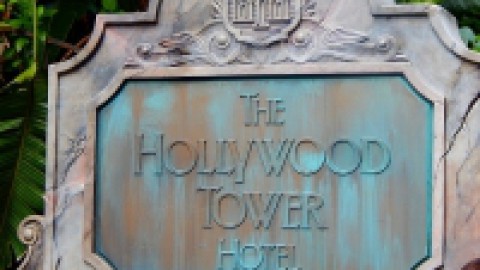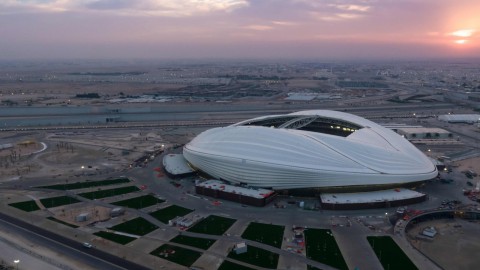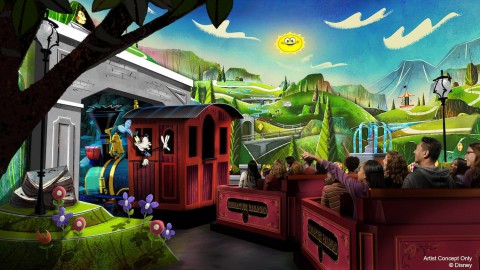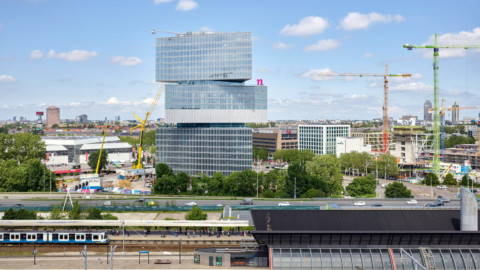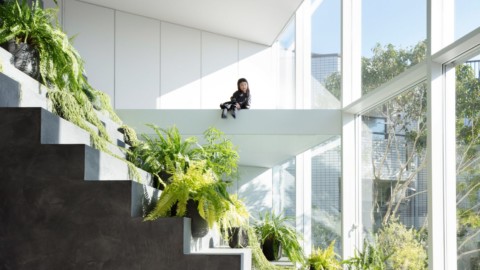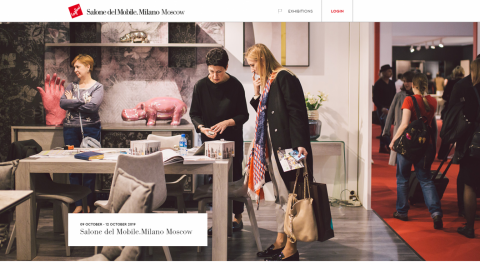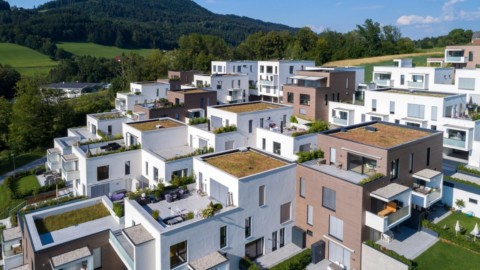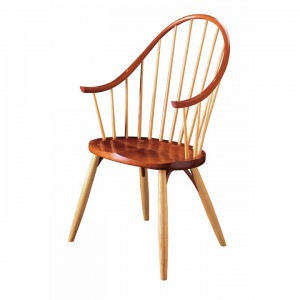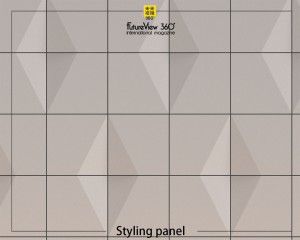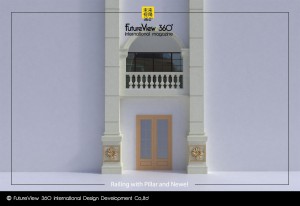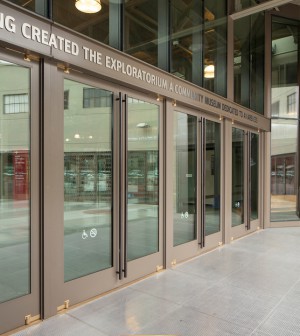Danish architecture studio BIG is designing a “prototype city of the future” with wooden buildings and autonomous vehicles for Japanese car company Toyota near Mount Fuji in Japan.
Named Woven City, the first phase of development on the site of a former car-factory will be home to 2,000 people who will test the vehicles, robotics and smart homes in a “real-world environment”.
The design was revealed at the Consumer Electronics Show (CES) in Las Vegas with an animation created by London digital studio Squint/Opera.
丹麥建築工作室BIG正在為日本汽車公司豐田在日本富士山附近的木製建築和自動駕駛汽車設計“未來的原型城市”。
在前汽車工廠所在地的第一階段開發名為Woven City,將容納2,000人,他們將在“真實環境”中測試車輛,機器人和智能家居。
該設計在倫敦的消費電子展(CES)上進行了展示,該動畫由倫敦數字工作室Squint / Opera製作。
FROM:BIG and Toyota reveal plans for city of the future under Mount Fuji in Japan
“Building a complete city from the ground up, even on a small scale like this, is a unique opportunity to develop future technologies, including a digital operating system for the infrastructure,” said Akio Toyoda, president of the Toyota Motor Corporation.
“With people, buildings and vehicles all connected and communicating with each other through data and sensors, we will be able to test connected AI technology, in both the virtual and physical realms, maximising its potential.”
豐田汽車公司總裁豐田章男(Akio Toyoda)說:“從頭開始建設一個完整的城市,甚至是像這樣的小規模城市,都是開發未來技術的獨特機會,包括用於基礎設施的數字操作系統。”
“通過數據和傳感器,人們,建築物和車輛都相互連接並相互通信,我們將能夠在虛擬和物理領域中測試連接的AI技術,從而最大程度地發揮其潛力。”
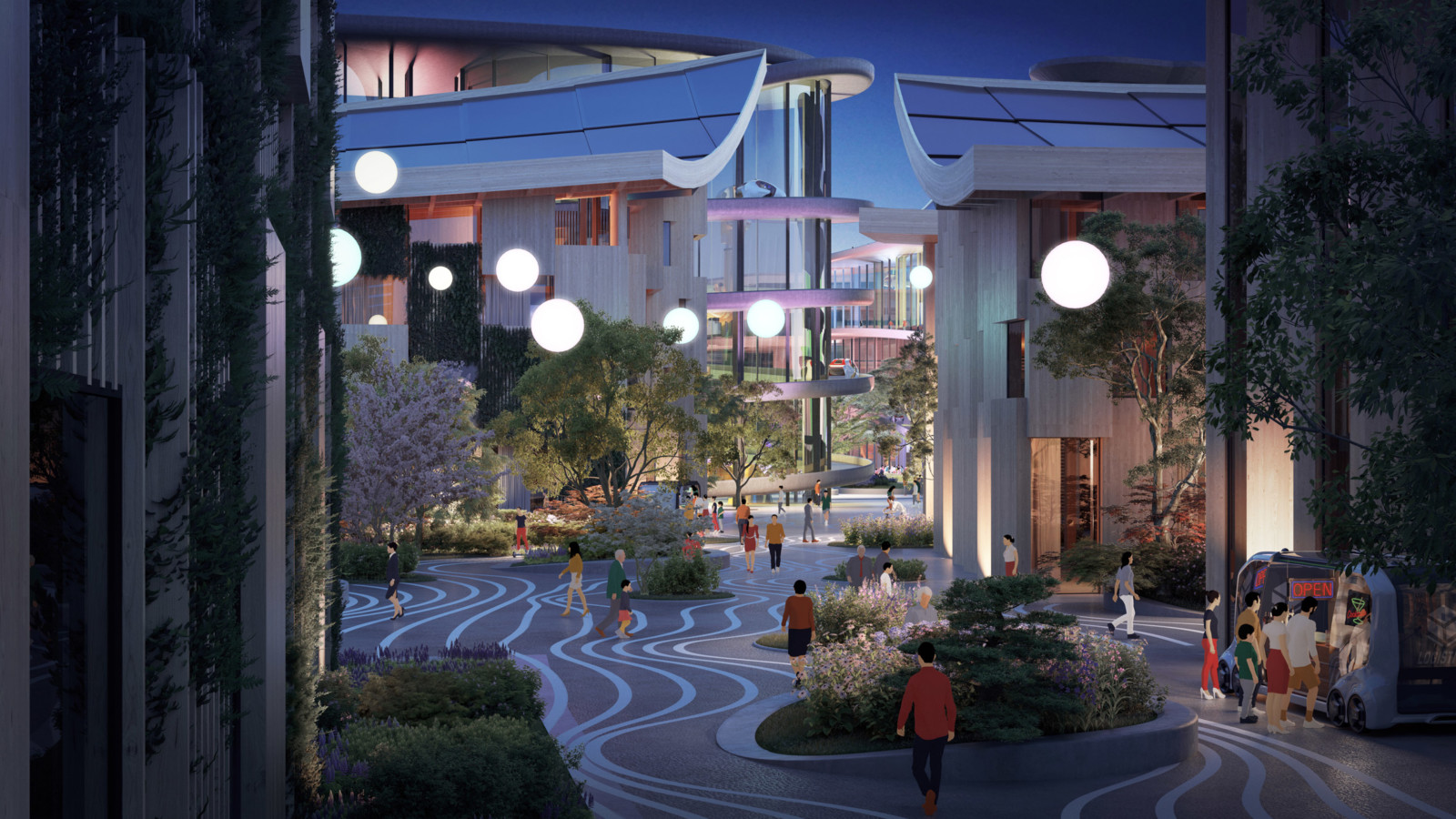
The 70-hectare development in the city of Susono will be designed by Danish architecture studio BIG – it will be the studio’s first project in Japan and is set to start on site in 2021.
The Woven City will be built around a network of streets that will cater for transportation at three different speeds.
Main streets will be used by autonomous vehicles including the Toyota e-Palette, smaller streets will be for other modes of personal transport including bicycles, scooters and Toyota’s i-Walk, and the third type of street will be fully pedestrianised.
Susono市佔地70公頃的開發項目將由丹麥建築工作室BIG設計-這將是該工作室在日本的第一個項目,並將於2021年動工。
編織城市將圍繞街道網絡建造,以滿足三種不同速度的運輸需求。
主要街道將用於包括豐田e-Palette在內的自動駕駛汽車,較小的街道將用於其他個人交通工具,包括自行車,踏板車和豐田的i-Walk,第三種類型的街道將完全步行。
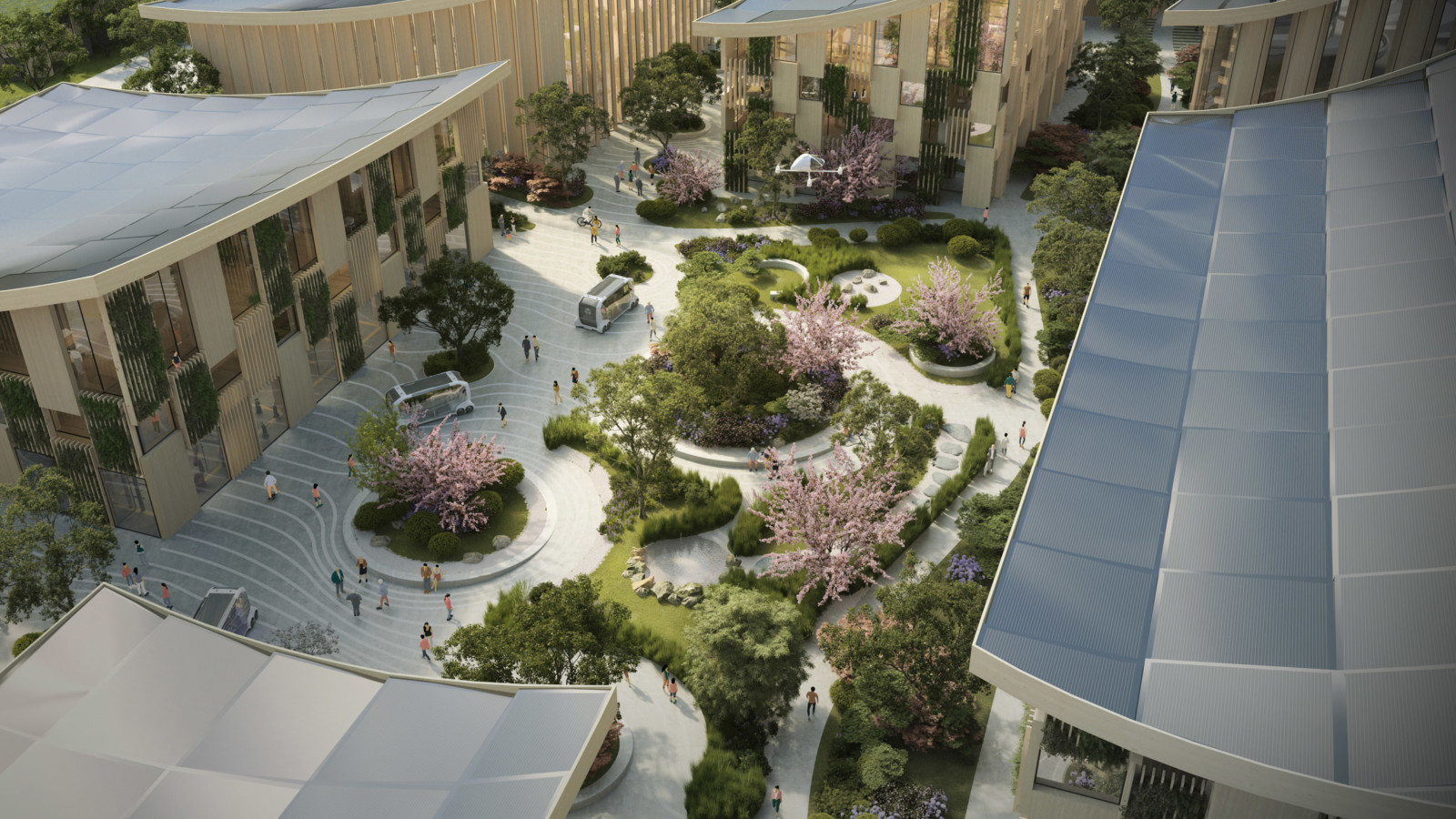
“Today the typical is mess – with everything and nothing happening everywhere,” said BIG founder Bjarke Ingels.
“With the Woven City we peel apart and then weave back together the three components of a typical road into a new urban fabric: a street optimised for automated vehicles, a promenade for micro-mobility, and a linear park for pedestrians.”
BIG創始人Bjarke Ingels說:“今天的典型情況是混亂–到處都是萬事大吉。”
“在編織城市中,我們將其剝離,然後將典型道路的三個組成部分重新編織成一種新的城市結構:一條針對自動駕駛汽車優化的街道,一條針對微型機動性的長廊和一條供行人使用的線性公園。”
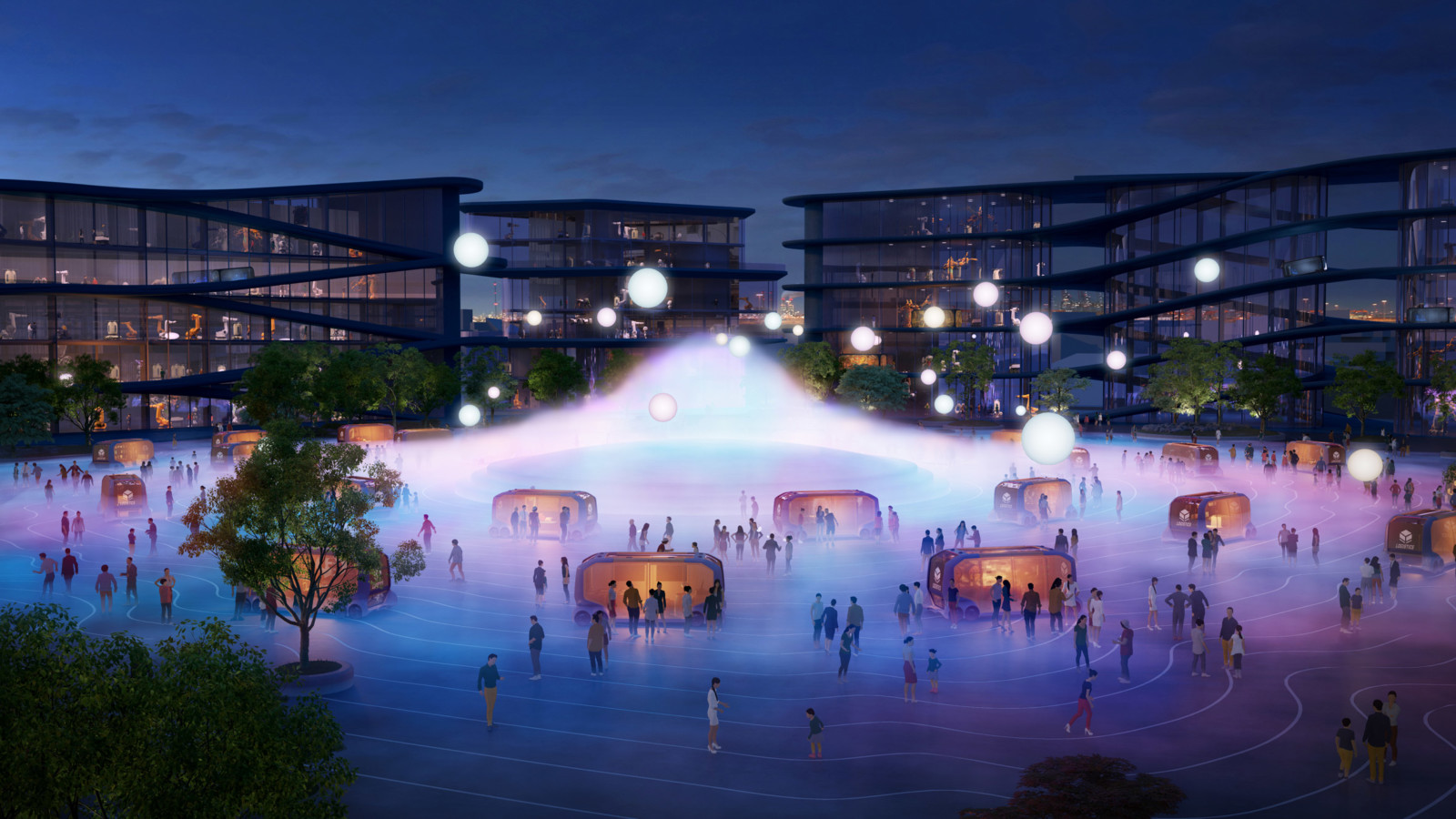
Buildings throughout the development will be built from timber with solar panels placed on the roofs.
The blocks will be arranged in groups around central courtyards, which will be connected to each other by the streets and pedestrianised linear parks.
“The resulting pattern of porous 3X3 city blocks creates a multitude of different econiches for social life, culture and commerce,” said Ingles.
整個開發過程中的建築物將由木材建造,屋頂上放置太陽能電池板。
這些街區將成群佈置在中央庭院周圍,這些中央庭院將通過街道和步行式線性公園相互連接。
英格爾斯說:“由此產生的多孔的3X3街區模式為社會生活,文化和商業創造了多種不同的經濟模式。”
“In an age when technology – social media and online retail – is replacing and eliminating our traditional physical meeting places, we are increasingly more isolated than ever,” he continued.
“The Woven City is designed to allow technology to strengthen the public realm as a meeting place and to use connectivity to power human connectivity.”
他繼續說:“在一個技術(社交媒體和在線零售)正在取代和消除我們傳統的社交場所的時代,我們比以往任何時候都更加孤立。”
“機織城市的設計旨在使技術能夠加強作為聚會場所的公共領域,並使用連接性來增強人類的連接性。”
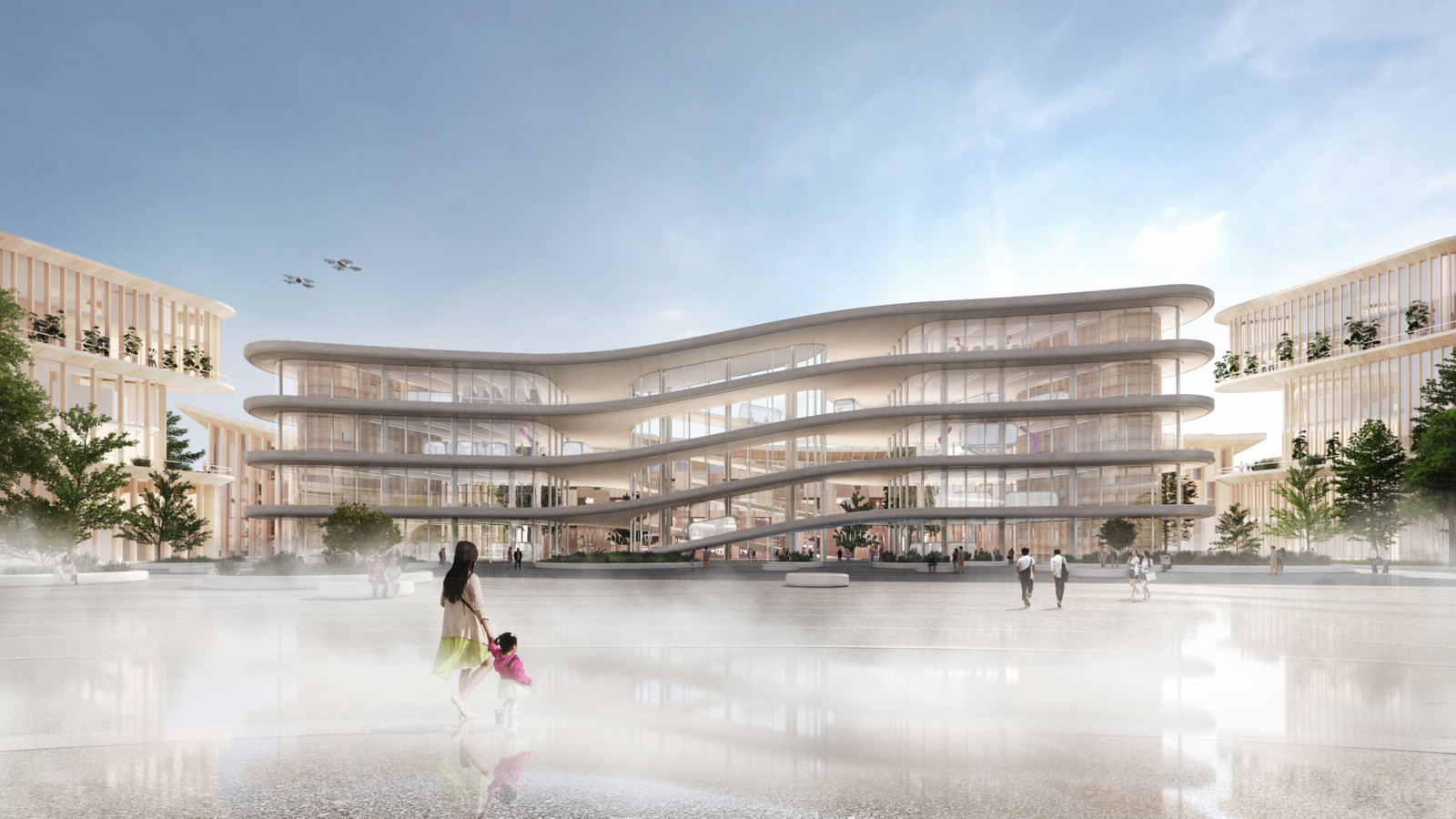
The development will contain research and development spaces for Toyota to develop robotic construction, 3D printing and mobility designs.
Alongside Toyota’s facilities there will be housing for employees, their families, scientists and retirees. The residential buildings will contain in-home robotics to “take care of basic needs and enhance daily life” and sensors connected to AI to check resident’s health.
The community will be powered by a combination of solar energy, geothermal energy and hydrogen fuel-cell technology.
該開發項目將包含供豐田開發機器人建造,3D打印和移動性設計的研發空間。
除了豐田的設施外,還將為員工,他們的家人,科學家和退休人員提供住房。 住宅大樓將包含用於“照顧基本需求並改善日常生活”的家用機器人,以及與AI相連的傳感器,以檢查居民的健康狀況。
該社區將通過太陽能,地熱能和氫燃料電池技術的組合提供動力。
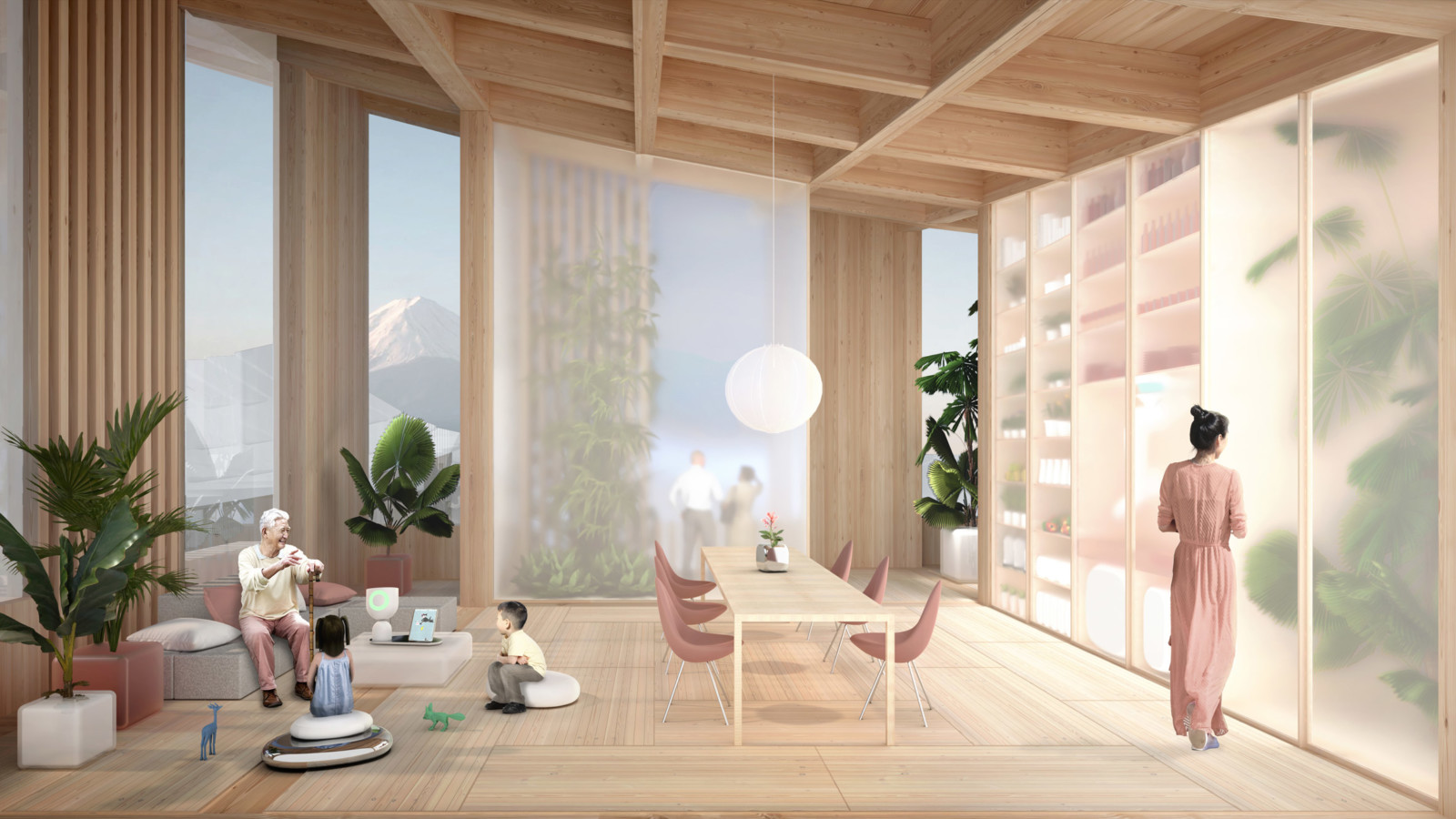
Ingels hopes that the development can be a prototype for how to redevelop existing cities.
“As a replicable framework, the Woven City can serve both as a prototype for future cities and as a retrofit to current cities,” he said.
“By simply ‘reprogramming’ existing streets, we can begin to reset the balance between people, mobility, and nature in cities as diverse as Tokyo or New York, Copenhagen or Barcelona.”
BIG is a Danish architecture studio that was founded by Ingels in 2005 and has offices in Copenhagen and New York. The studio is currently working with Heatherwick Studio to create a headquarters for Google in California and last year unveiled a design for floating villages that can withstand hurricanes.
英格斯(Ingels)希望該開發項目可以成為如何重建現有城市的原型。
他說:“作為一個可複制的框架,編織城市既可以作為未來城市的原型,也可以作為對當前城市的改造。”
“通過簡單地’對現有街道進行’編程’,我們可以開始在東京,紐約,哥本哈根或巴塞羅那等眾多城市中重新設置人,流動性和自然之間的平衡。”
BIG是丹麥建築工作室,由英格斯(Ingels)於2005年成立,並在哥本哈根和紐約設有辦事處。 該工作室目前正在與Heatherwick Studio合作,為加利福尼亞州的Google創建總部。去年,該工作室針對可承受颶風的流動村莊推出了一項設計。
FROM:https://www.dezeen.com/2020/01/07/big-toyota-woven-city-future-mount-fuji-japan/

